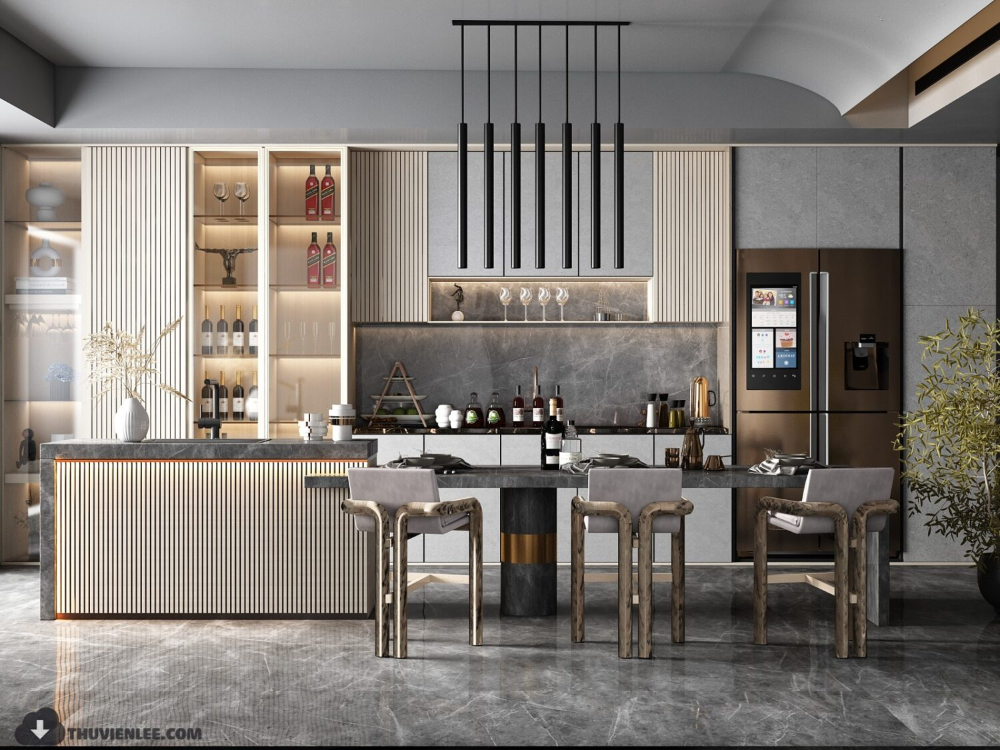The kitchen, once a humble and functional space in the house, has evolved into the heart of modern living. It is no longer merely a room for meal preparation but a multifaceted area that reflects our lifestyle, values, and aspirations. Here, FOYER will explore how kitchen design has transformed into a pivotal element of contemporary living, fostering connections, enhancing creativity, promoting well-being, accommodating diverse lifestyles, and embracing sustainability. We will delve into the various aspects of kitchen design that make it an integral part of our daily lives, examining specific examples and trends that showcase the kitchen’s central role in shaping our way of life.
The Evolution of the Kitchen

The traditional kitchen was often tucked away, hidden from the rest of the house. Its primary purpose was utilitarian – a place for cooking and cleaning. However, societal changes, advances in technology, and shifting priorities have redefined the kitchen’s role.
In the mid-20th century, the concept of an open kitchen emerged. Walls were knocked down, creating open-plan living spaces that integrated the kitchen with the dining and living areas. This design revolution allowed family members to interact while cooking, breaking down barriers and encouraging communal living.
Designing for Connection
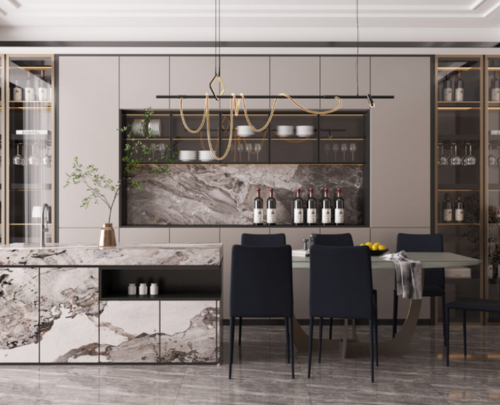
Today’s kitchen design goes beyond the open-plan concept. It seeks to enhance connections and create a hub for social interactions. Islands and breakfast bars have become commonplace, providing spaces for casual dining, homework, or even working from home. These design elements transform the kitchen into a versatile area where family and friends can gather, share stories, and connect.
For example, consider a kitchen island equipped with built-in charging stations and integrated seating. This not only accommodates the need for device charging but also encourages family members to sit together, engage in conversations, and share their daily experiences. It’s a testament to how thoughtful design can foster connections in our fast-paced digital age.
Culinary Creativity Unleashed
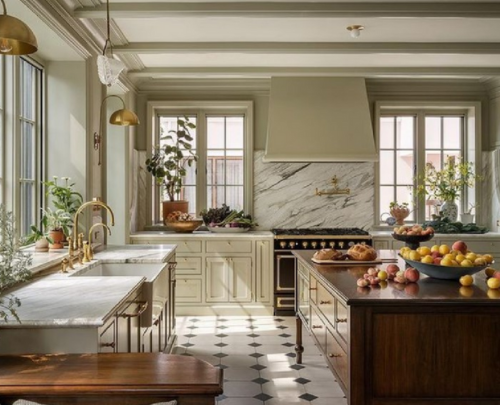
The kitchen is not just about cooking; it’s about creativity. A well-designed kitchen can inspire culinary exploration and experimentation. It accommodates the needs of amateur chefs and culinary enthusiasts alike.
Ample counter space, smart storage solutions, and high-quality appliances empower individuals to try new recipes, hone their culinary skills, and embark on gastronomic adventures. Whether it’s preparing a homemade pizza from scratch or experimenting with exotic spices, the kitchen is the canvas where culinary creativity flourishes.
It’s a dream come true for those who are passionate about cooking, enabling them to express their creativity to the fullest.
Promoting Well-being

A well-designed kitchen also plays a crucial role in promoting physical and mental well-being. Natural light, proper ventilation, and ergonomic layouts are essential components of a healthy kitchen environment. Natural light not only reduces energy consumption but also has a positive impact on mood and productivity.
Moreover, the kitchen is where choices about nutrition and health are made. A thoughtfully designed kitchen encourages healthy eating habits by making it easier to access fresh ingredients and prepare balanced meals. For example, having a designated area for storing fruits and vegetables can encourage family members to choose healthier snack options.
Accommodating Diverse Lifestyles
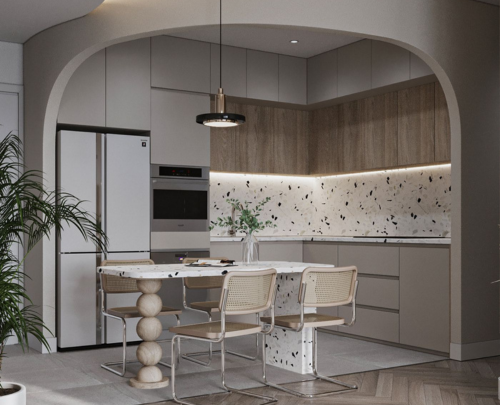
Our lifestyles are becoming increasingly diverse. Some prefer a minimalist and clutter-free kitchen, while others seek a cosy, rustic ambience. Kitchen design has responded to these diverse needs and tastes by offering a wide range of styles, from sleek and modern to timeless and traditional.
For instance, Scandinavian-style kitchens emphasize simplicity, functionality, and the use of natural materials. They are ideal for those who appreciate minimalism and clean lines. On the other hand, a farmhouse-style kitchen with exposed beams and rustic wooden furniture caters to individuals who long for a warm and welcoming atmosphere.
Sustainability and the Future of Kitchen Design

The future of kitchen design is also intertwined with sustainability. As environmental concerns continue to grow, kitchens are incorporating eco-friendly features. From energy-efficient appliances to sustainable materials, there is a growing emphasis on reducing the kitchen’s ecological footprint.
For example, designers are now recommending the use of reclaimed wood for kitchen cabinets and countertops. This not only adds character and uniqueness to the kitchen but also reduces the demand for new timber, thus conserving forests.
Community Engagement and Beyond
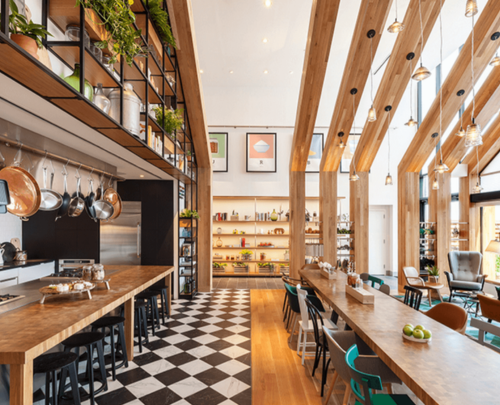
In recent years, kitchens have extended their role beyond the family unit. They have become spaces for community engagement and social responsibility. Kitchens in community centres, co-working spaces, and even urban gardens bring people together to cook, share meals, and address food-related issues collectively.
For instance, community kitchens often organize cooking classes, where participants learn to prepare culturally diverse dishes, fostering cross-cultural understanding and appreciation. These initiatives highlight the kitchen’s potential as a place of cultural exchange and social integration.
Kitchen design has evolved from a functional necessity to the heart of lifestyle in modern living. It fosters connections among family and friends, nurtures culinary creativity, promotes well-being, accommodates diverse lifestyles, embraces sustainability, and encourages community engagement. The kitchen is no longer just a place to cook; it is a reflection of our values and aspirations, a space where memories are created, and a hub of creativity and togetherness. As our lives continue to evolve, so will the kitchen, adapting to meet our changing needs and aspirations. It will remain the beating heart of our homes, where life’s most essential moments unfold, enriching our lives in countless ways.

